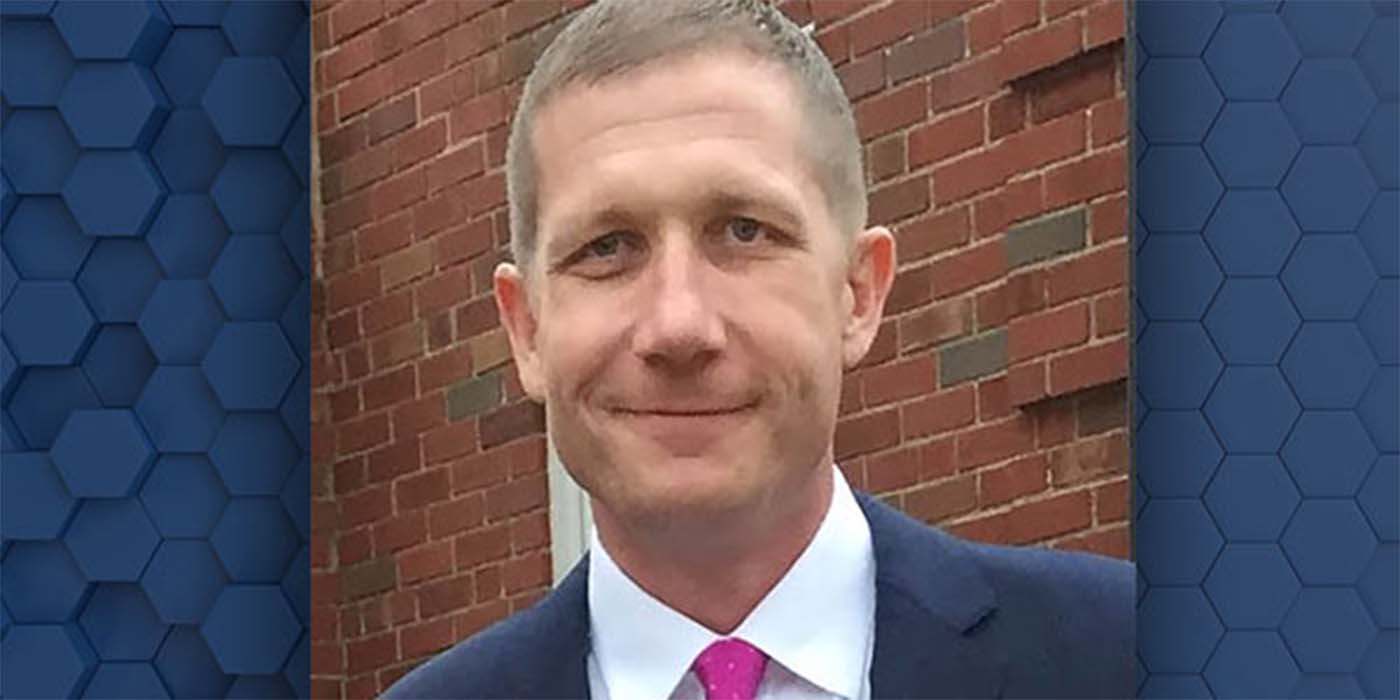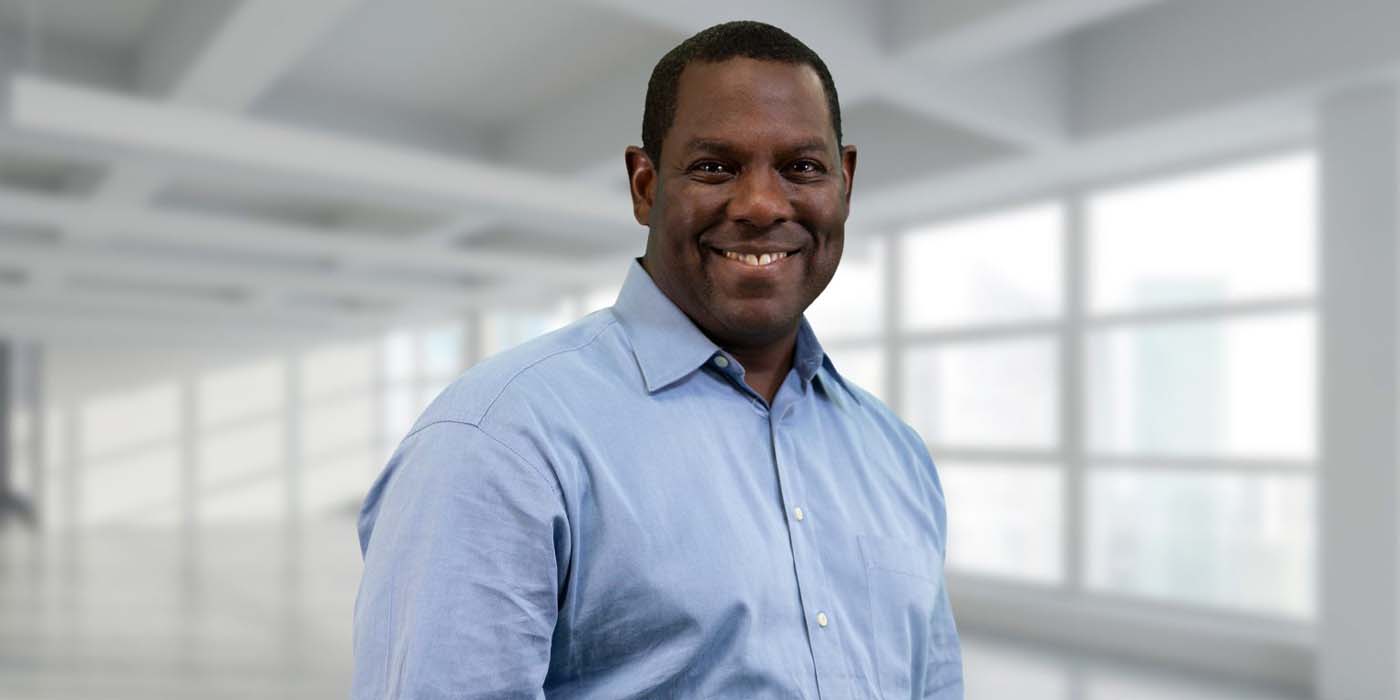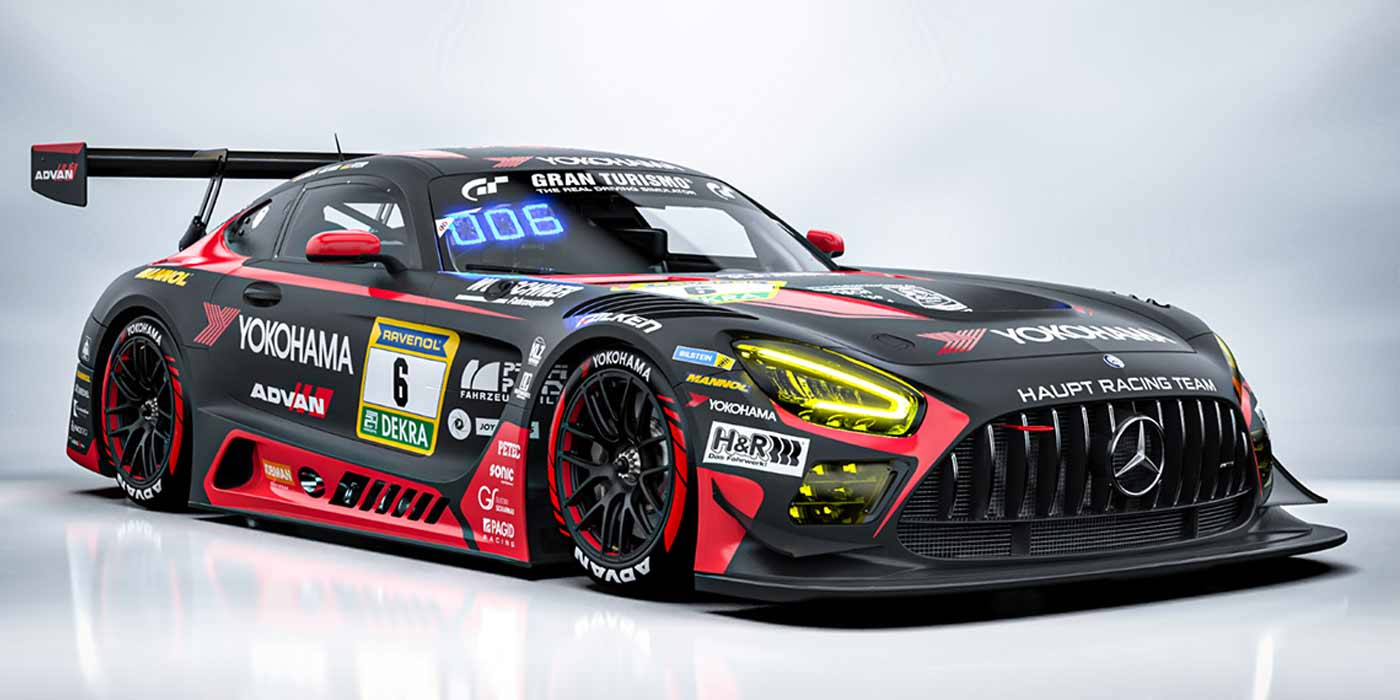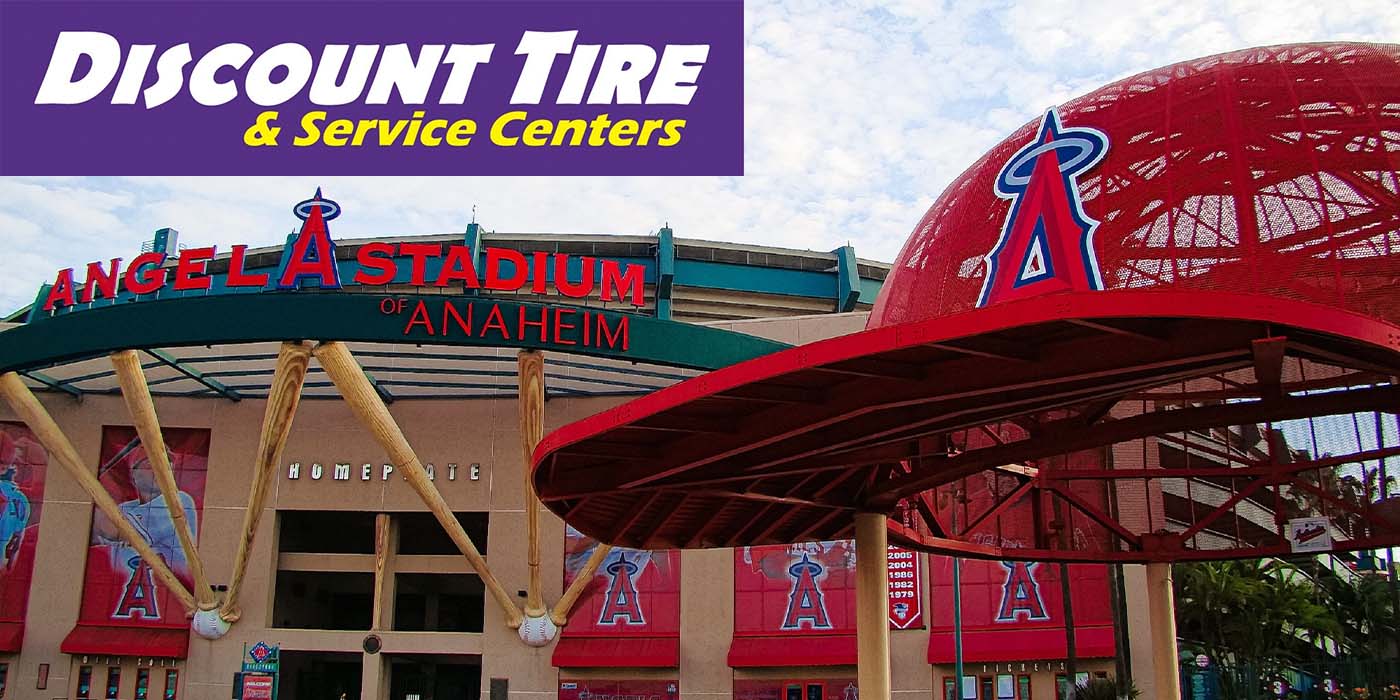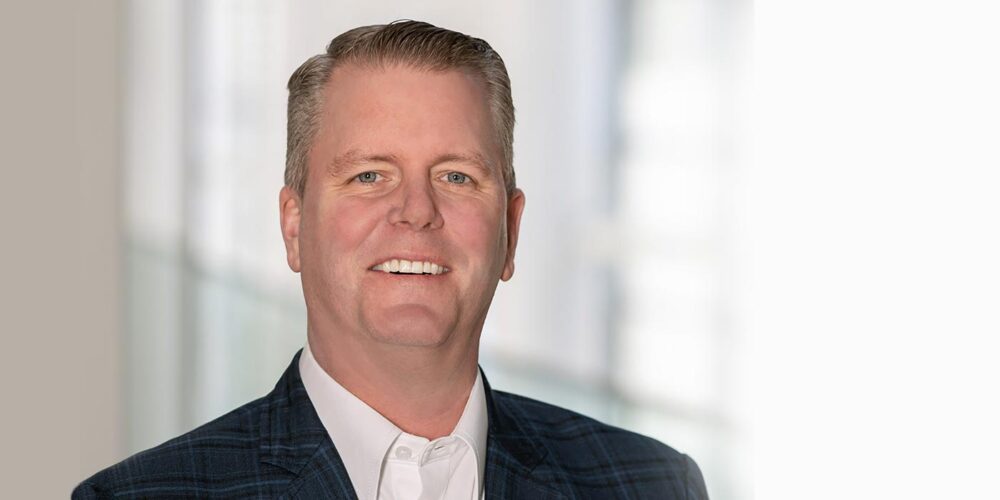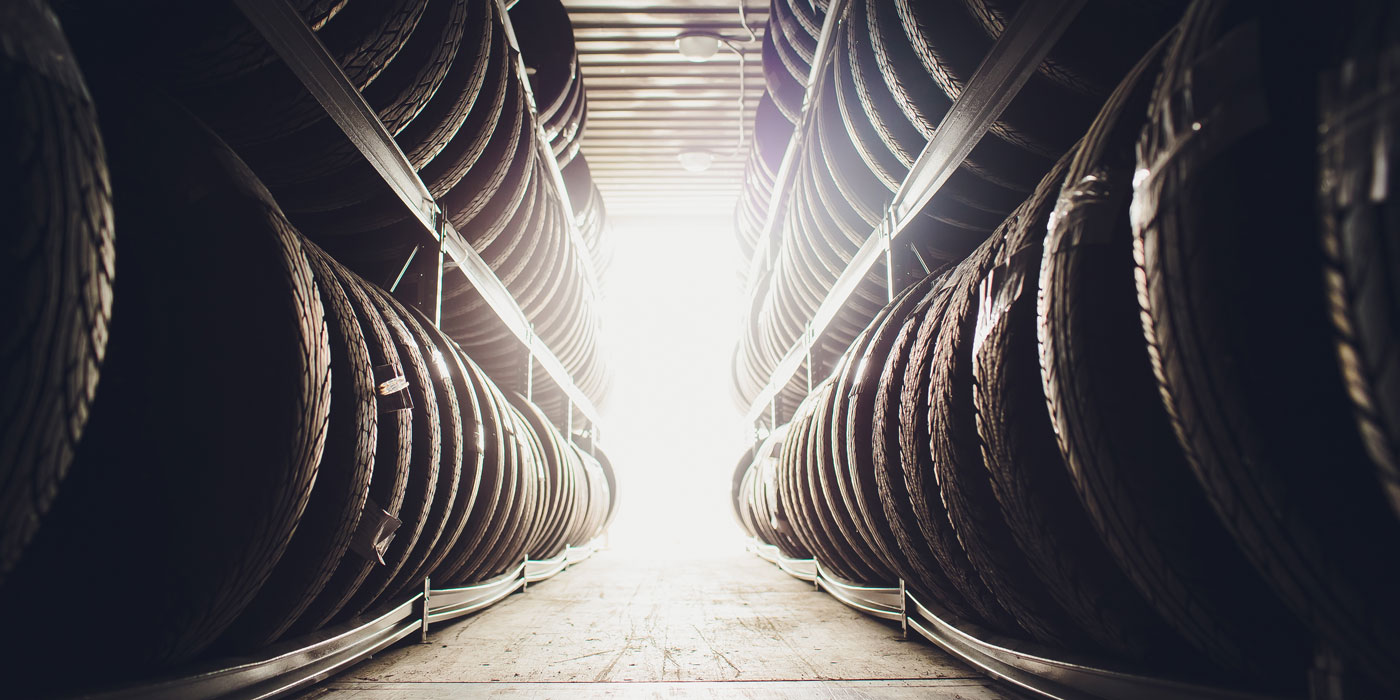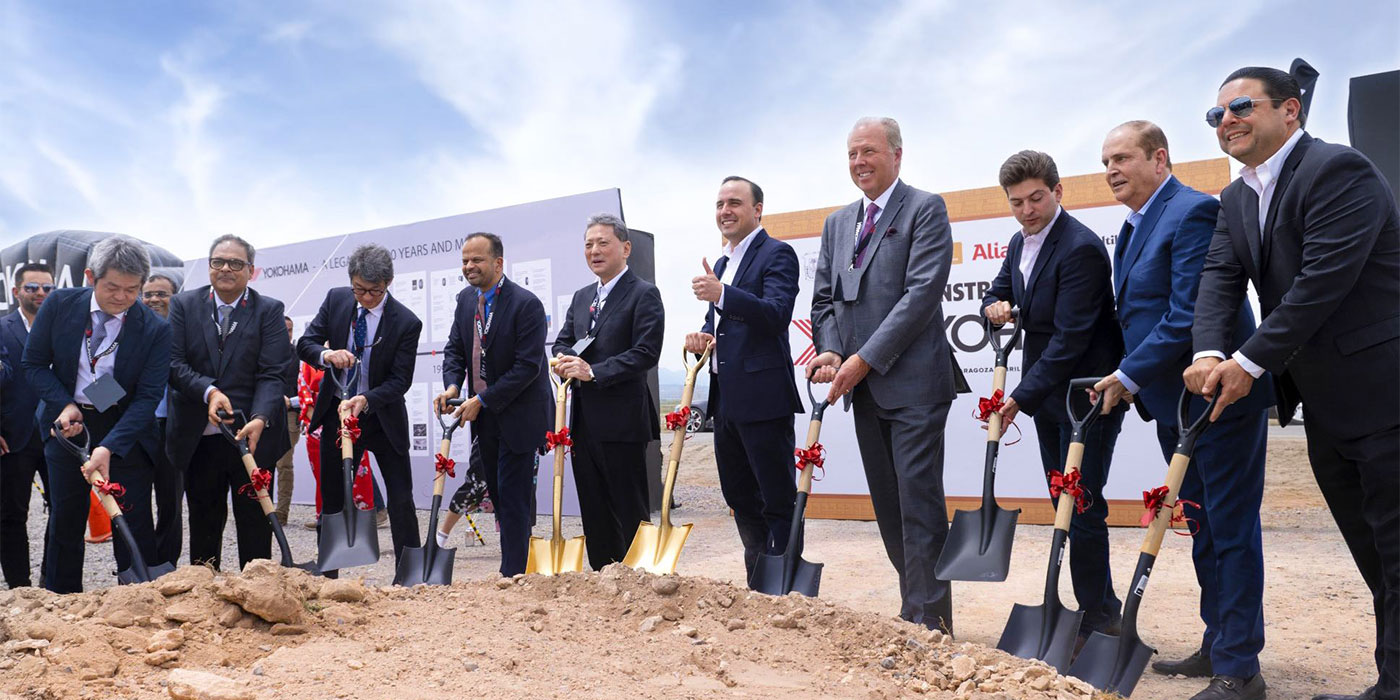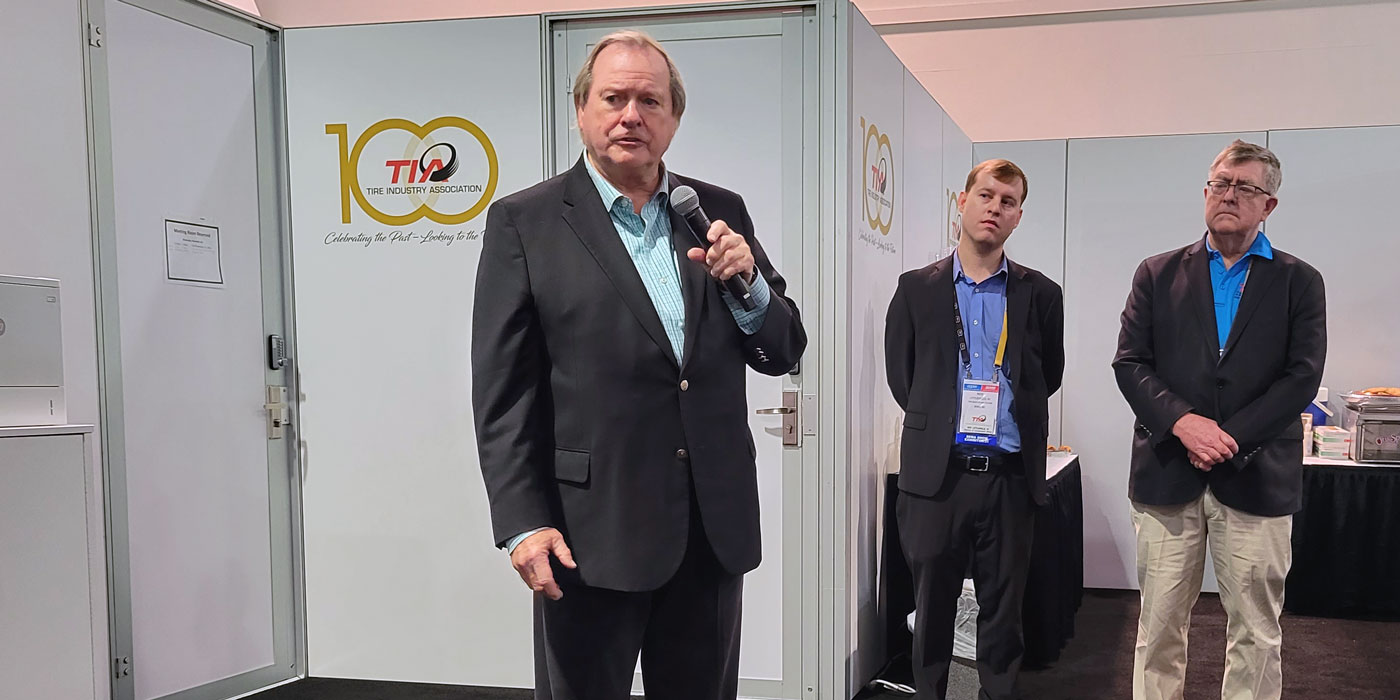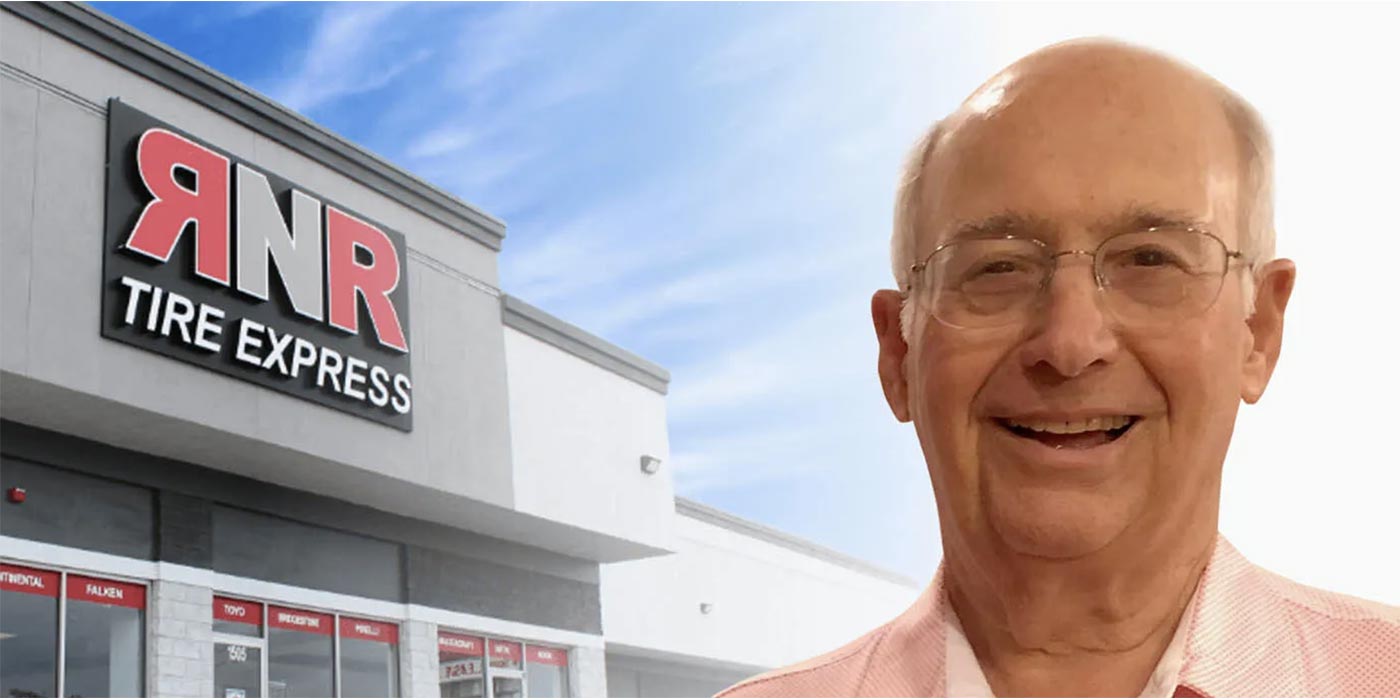 By the time you read this, Jim Micali will have closed the book on his 30-year career with Michelin North America. The now-retired chairman and CEO has turned the reins over to Dick Wilkerson, and is now enjoying time with his family.
By the time you read this, Jim Micali will have closed the book on his 30-year career with Michelin North America. The now-retired chairman and CEO has turned the reins over to Dick Wilkerson, and is now enjoying time with his family.
Micali, 60, won’t be frittering away his days. He plans to remain involved with MNA and Groupe Michelin as a consultant, and has joined Greenville, S.C., law firm Ogletree, Deakins, Nash, Smoak & Stewart as a senior business advisor and counselor.
Tire Review had the opportunity to interview the departing Micali. Instead of a retrospective, Micali offered his views on the near-term issues facing the tire industry, and paths he feels tiremakers need to follow.
Looking five years ahead, what kind of conditions do you see the industry facing and how do you think the industry might best address those?
“Five years? I think we can start out with two facts. The first is that I don’t believe raw material pricing won’t go down in totality. Some specific materials may drop a little. And the reason I say that is in general, raw materials will continue to increase, and I think that is due to demand. When you look at growth in emerging markets, like South America, it surprises people. There are some healthy economies worldwide that are going to continue to grow, so demand for raw materials is not going to cease. And while some costs can be offset by increasing the supply, I just don’t see a major slackening in that cost.
“Secondly, if you take North America in particular, I think health care will continue to be a substantial expense. If you take Michelin North America as an example, we’re providing health care benefits in one form or another to 85,000 people. It’s a huge number, and unless the federal government comes up with a system or some improvements to the current delivery system you’re going to continue to see a real burden on private employers that is not easily dealt with.
“On the other hand, productivity – better use of manufacturing footprint and overall a better operational excellence – can be enough to deal with cost challenges provided, at the same time, you are able to persuade the consumer that it is indeed better for them to pay more initially because they will get value and a better performing tire. Now that’s a mouthful, but that’s the reality of it. That’s what you are gong to have to do.
“I think that the tire industry in North America – not just Michelin, but if I could speak for everyone – we haven’t done a particularly good job of educating the consumer as to the real benefits, including fuel efficiency, that better made, better manufactured, better technology tires can produce. And we better do that going forward. We need to give that some attention.
“The good news is that right now you will get people’s attention. It’s one thing to talk to people about that when gas is $1.50-$1.60 a gallon. You can talk to people all day about it and they won’t think it’s a big deal. Now that gas is pushing $4 a gallon, you’re going to get some attention. This is what the trucking fleets already know. The big fleets know this upside down and sideways, and they take that into account with their tire purchases. That’s what consumers need to do.”
So how does the industry do that education? Who is going to step up and do it?
“I think it starts with each individual company making its case for its products. I don’t know that I’d say that RMA didn’t want to cooperate with TIA on a checkoff program. I think there are ways that both the RMA and TIA can cooperate. Yes, on a checkoff program, but on other stuff to get the message out. I think the environment is much better today that it was three or four years ago to get something done. And by environment I mean that tires have become more expensive for everyone, and gas is more expensive.
“At the point of purchase, there is certainly some additional effort that can be made that can fairly persuade the consumer that even though a tire may cost more, it’s going to be better for you in the long haul in terms of economy, safety and performance. The consumer needs to know that and we need to do a better job of educating them.”
Given the competitive nature of the market and the lack of strong technology/benefit messages in today’s tire ads, how can they effectively start getting that message across?
“Well, you’re right. There are different gradations as a function of where your product is in the overall market and how readily this case is made. Each company is going to have to decide for itself what the right way is. At the same time you have to recognize that if there are, what, 25% of replacement tires are imports – it’s up from 20% two years ago – it’s not trending in the right direction for historic domestic tire manufacturers.
“You’d better be re-thinking every aspect of your business to be able to compete with what’s coming in today. When you see 18% of domestic tire production capacity getting closed over the last two years, you can’t ignore that. When you see imports being such a high percentage of the market, you cannot ignore that.”
Can domestic production come back because of rising costs of logistics?
“I’d say it this way: the gap can be closed, but not completely. Look at two examples. In Tire manufacturing in North America, the average cost – salary, benefits, medical, all in – for a tire employee is anywhere between $70,000 and $80,000 a year. The average cost of a Chinese tire employee, all in, order of magnitude, is anywhere between $3,000 and $5,000. So you start out with a 25-times disadvantage of labor cost. That’s the bad news. The good news is that, yes, logistics costs are going up.
“You have got to believe that the salary gap – the employee cost gap – is going to have to decrease over time as Asian salaries go up because people want to improve their standards of living. Nevertheless, you still have to improve your operational performance to narrow that gap and make that gap as small as possible. You will never be able to eliminate that gap, but you can make it small enough so that your technology – plus the fact you are manufacturing in this market – will give you an advantage. All things being equal, you ought to be better at delivery, at knowing the market, at having your tires in position better than the other guys. If you can improve your operational excellence then that case is doable. But you’ve got to work very, very hard because you are starting at a very uncomfortable place.”
Looking forward, where do you see tire technology and distribution going?
“I think on the truck tire side the new products like the X One and the whole concept of cradle to grave are exactly what fleets want. While a number of us are doing this today, with some degrees of success, I think that over the next several years you will see this accelerate. The fleets want it and so you’ll see this whole concept improved so that a fleet’s ability to get what they want and when they want it will be improved.
“On the distribution side, there are some consumers who want to buy from the independent tire dealer, there are some who want to buy from a club and some who want to buy from a car dealership. You have got to serve each of those channels because otherwise you’re not going to be able to get to the consumers. Consumers are going to go where they want to go.
“If you are an independent tire dealer, just like tire manufacturers, you need to hone your value proposition so that the consumer sees the benefits of shopping at your location as opposed to a club or a car dealer. We don’t make that choice, the consumer does. And I think price is very, very important to the consumer. But it is not only price, it’s also service, it’s having the right product at the right place at the right time. The independent dealer can make that experience an efficient and effective one as possible. And we want to support that dealer in every way we can.”
From a consumer standpoint, where do you see the fuel efficiency issue heading? Is it something that manufacturers can clearly get across and is it something that dealers or other channels can clearly explain?
“You’re not going to change everything overnight. If gas goes to $5 a gallon and stays there you’re going to have more people paying more attention to fuel efficiency very quickly. It’s a cost issue. But if you go to Europe, the people there are more educated on the environmental aspects of their tire choice. They really are. You take the California consumer today, and that person is better educated on the environment than perhaps other areas of the country.
“Over time, I think we have to assume that heightened environmental awareness is going to exist. I think it’s a long-term trend. How fast it goes depends on a host of other factors but there is every reason for Michelin to do its fair share to get the message out and assist our dealers in explaining how correct tire purchase choices can reduce costs and be a positive contribution to the environment. That’s a good thing to do.”

